Lipids
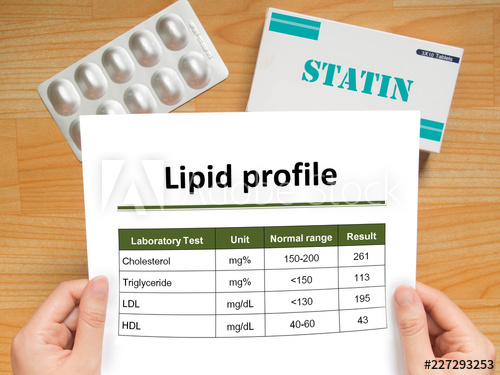
Lipids are the heterogeneous compounds which are made up of fatty acids. Lipids are insoluble in water and soluble in organic solvents like chloroform, ether, benzene, etc. These are nonpolar in nature. These are classified as waxes, glycolipids, acylglycerols, terpenoids, and sphingolipids. History: Lipids are regarded as a major concentrated storage form of energy in […]
Amino acids and Proteins
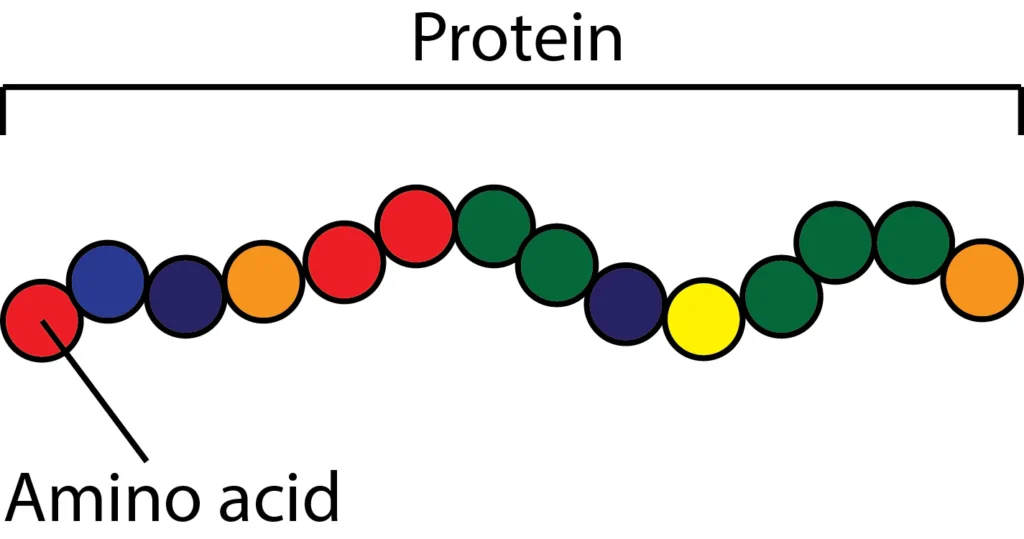
Proteins are made up of amino acids. It consists of C, H, N, O and other elements such as S, Fe, etc. Proteins are classified based upon their components such as simple and conjugated proteins as well as depending upon their axial ratio these are divided into globular and fibrous. When proteins dissociated by the […]
Proton NMR Spectroscopy

It is widely known as nuclear magnetic resonance. It is based on the phenomena of absorption of electromagnetic radiations by the nuclei of an atom which are ranging in between 4 to 900 MHz that is a radio-frequency region. Proton nuclear magnetic resonance is one of the suitable techniques with which a number of hydrogen […]
Carbon-13 NMR Spectroscopy
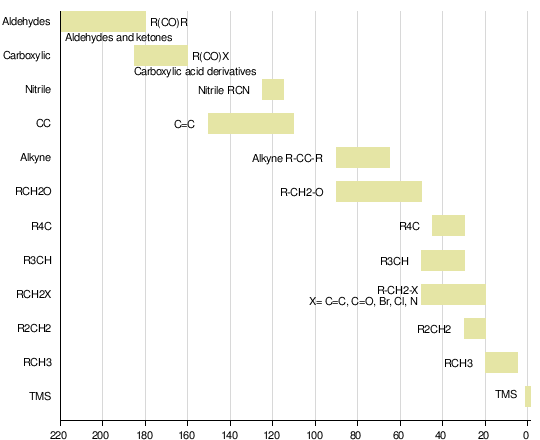
Nuclear magnetic resonance of C-13 is an advancement of NMR. It helps to detect carbon atom in a molecule or compound. A chemical shift in C-13 is as same as in proton NMR but it ranges from 0-220 ppm rather 0-12 ppm as in proton NMR. There is no carbon-carbon coupling in this spectroscopy because […]
Mass Spectroscopy
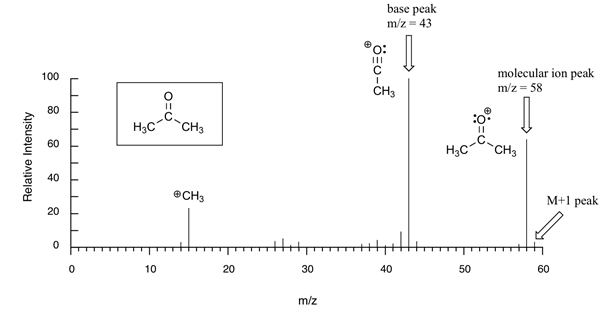
It is a spectrometry technique which is used to detect the molecular mass of the compound under analysis. When a sample is applied to mass spectrometry, it decomposes the sample into fragments and fragmented ions move according to their mass/charge ratio (m/e). The mass spectrum of each and every compound is different due to which […]
Paper Chromatography

It is a technique to differentiate and separate colored compounds. It is available in various types one is rotating paper chromatography in which paper is cut into a circle and two solvents are used to mark the different solvent front. It contains three things, the mobile phase, stationary phase, and chamber. The mobile phase generally […]
Thin Layer Chromatography (TLC)

TLC is thin layer chromatography which is found to be the best and easy method of separation of compounds present in the sample. To detect the purity of the sample and quantity it is one of the reliable methods. It consists of a mobile phase that can be solvent, a stationary phase that can be […]
HPLC

It is a column chromatography which is known as high-performance liquid chromatography or high pressure/ priced liquid chromatography. It can be applied to both volatile as well as non-volatile liquid. It can be used to analyze qualitative as well as quantitative methods of detection. It is based on the principle of partition and adsorption. Depending […]
Gas Chromatography
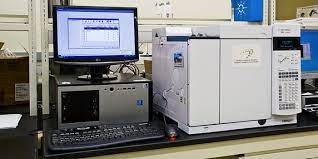
Gas chromatography is also a technique of identifying and isolating a molecule based on its vaporization without any decomposition. Although, the prominent use of this technique is to purify and separating a compound. Moreover, it can be utilized for preparative methods. The mobile phase in gas Chromatography is usually a gas carrier that is unreactive […]
Re-crystallization
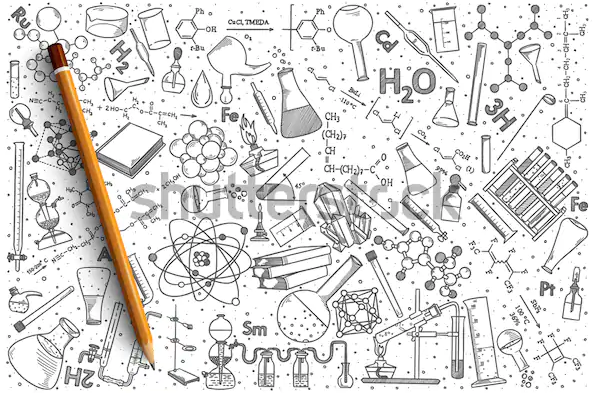
It is a technique used in chemistry to purify a compound by dissolving the smaller crystals and impurities present into it in a suitable solvent. But there is one important thing to be considered is that there should be a difference in the solubility of product and impurity in the selected solvent for re-crystallization. The […]
